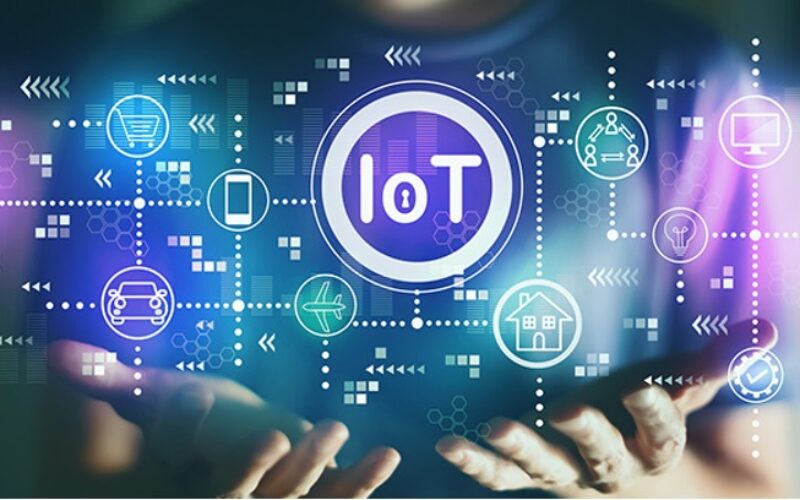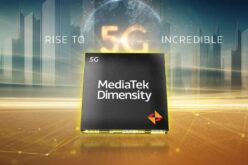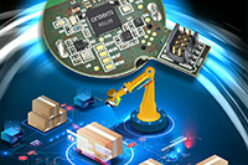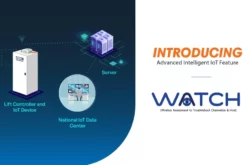Adopting a Low-Power Mindset in IoT Device Development

Adopting a low-power mindset is essential in the development of IoT devices. Over the years, we have dedicated ourselves to supporting and learning from developers and teams to instil this mindset in their daily tasks.
What is a ‘Low-Power Mindset’?
It is an understanding that creating energy-efficient devices can be challenging and time-consuming, but it is also highly rewarding and often critical for the success of an IoT business. It involves continuously measuring and optimizing energy consumption throughout the entire lifecycle of an IoT project.
Power consumption measurements and battery life estimations are typically conducted sparingly during the development phase, which often leads to expensive and time-consuming troubleshooting activities in later stages. Both you and your customers desire devices with a long lifespan, and achieving this should not require a lengthy or costly development process.
“How To Cultivate a Low-Power Mindset”
If you are struggling to achieve extended battery life in your designs, it is likely due to the complexity involved. Simply using ultra-low power chipsets and sensors is not enough. You need to understand your user scenarios, develop intelligent software to accommodate them, and ensure compatibility between the chosen hardware and battery. All of this should be considered in the context of various network protocols, diverse environments, and user interactions.
Implementing a low-power mindset starts with important activities in each of the following project phases: Prototyping, Development, Production, and Maintenance.
Prototyping: Begin with documented use cases, energy efficiency requirements, and a selected form factor. Choose a preliminary battery based on these factors. Measure the performance of different technology options for various use scenarios. Estimate battery life based on measured power duty cycle profiles to understand their impact.
Development: Incorporate power measurements at each iteration of hardware, firmware, and software. Automate energy consumption tests and include them in your continuous integration setup. Perform pre-tests on developers’ desktops before committing to a new firmware or software release. Profile and emulate batteries from different brands and batches to understand their power profiles. The usable capacity for your use cases may differ significantly from what is stated in the battery datasheet.
Production: Extend the automated testing from the development phase to the production phase. Having a unified methodology for power testing across suppliers and manufacturers can reduce the risk of errors in testing.
Maintenance: Once your product is in the market, ensure that software updates do not negatively impact the installed base of devices. Integrate power measurements into the software release quality assurance process and include them in your existing continuous integration setup.
Having the right tools is crucial to prevent these activities from becoming overly complex and costly. Power and battery measurements can be seamlessly integrated into your existing testing processes, so it is important to choose solutions that can be easily incorporated into your team’s daily development tasks. Above all, start measuring today and adopt the low-power mindset.
Bottom line:
In summary, adopting a low-power mindset is crucial for the development of IoT devices. It involves continuously measuring and optimizing energy consumption throughout the entire project lifecycle. By understanding user scenarios, developing smart software, and ensuring compatibility between hardware and batteries, you can create energy-efficient devices with extended battery life. Implementing a low-power mindset requires activities in prototyping, development, production, and maintenance phases. It is important to automate energy consumption tests, integrate power measurements into testing processes, and select the right tools for seamless integration. Embracing the low-power mindset will lead to successful IoT businesses and rewarding outcomes.
Content: Anissh














